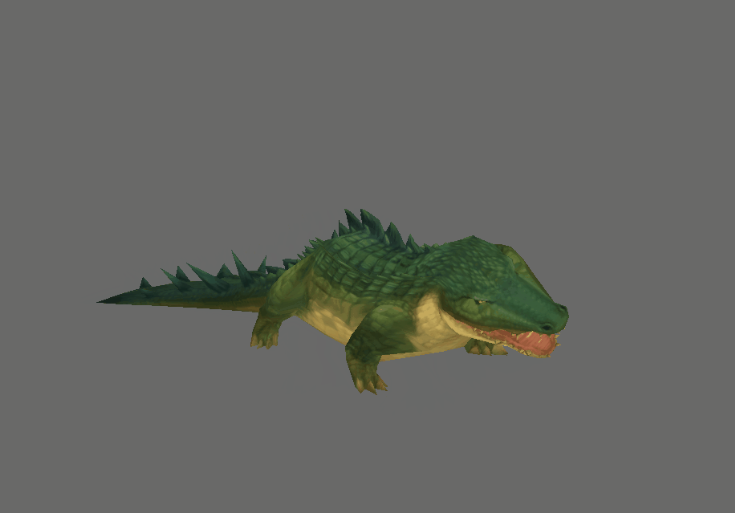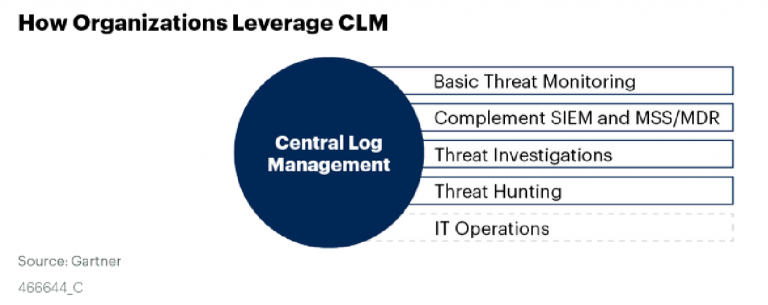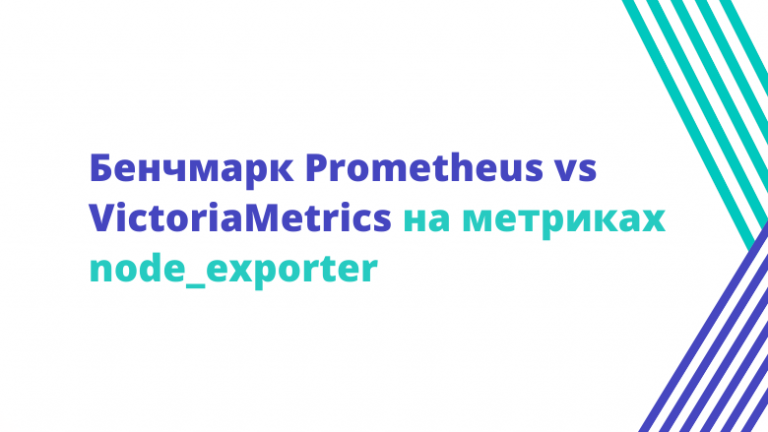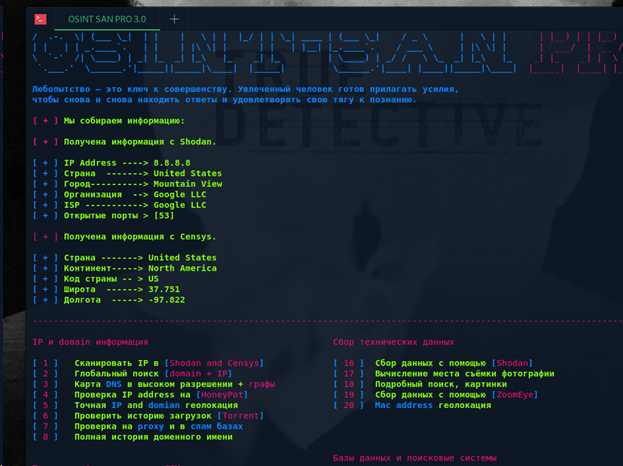old brands in IT that no longer exist

Many modern IT giants of our day began their activities in the second half of the 20th century and succeeded thanks to the technology boom, good strategy, disruptive innovation, talented management, etc. There were many reasons for success. Everyone knows their names, but the losers of the IT sector are rarely remembered. Moreover, their history is no less interesting than that of existing corporations. Among the losers was a giant with a presence in 44 countries, a company with its own research center for full-cycle production, and companies with active government support.
Let's figure out what ruined these once great IT brands.
The ups and downs of IT companies at the end of the 20th century
In the 20th century, many companies were created in different parts of the world that dealt with computers and equipment for them. There was a kind of arms race going on – some governments issued separate laws for the development of the IT industry and allocated generous allocations to support this area.
Digital Equipment Corporation (DEC) Good computers that no one needs anymore
The company was founded in 1957. Its founders, like many, decided make computers more accessible, lighter and more functional. And like many IT enterprises of that time, DEC began with a very small project.
The first product was the PDP-1, introduced in 1960. This innovative minicomputer has greatly interested entrepreneurs, engineers and scientists. It offered high computing capabilities at a budget price. The company’s attitude towards customers also greatly influenced the competitiveness – they tried to establish strong connections with them and adapt to specific needs. Cooperation with the US government also brought positive results; one of the models was developed exclusively for the needs of officials.

In 1977, the company released the PDP-11, revolutionary for the computer industry. It had virtual memory and a reliable OS. Released simultaneously, the VAX-11 became the standard for many organizations in the industry. The firm grew to global size and supply and even acquired other manufacturers.
However, in 1998 the company was abolished. The slow reaction to changes and the reputation of a conservative corporation led to its decline. In addition, the company was known for minicomputers and workstations, and PCs began to dominate the market. A series of internal problems and poor decisions led to the cessation of operations.
AST Research, Inc. Making money on modernization and long attempts to find your place
AST Research Inc was once the third-largest American manufacturer of personal computers based on the industry standard microprocessor chip. Company was founded in 1980. Initially, it was a small enterprise opened by three emigrant friends who began their careers as consultants in hardware stores and spent $2,000 on start-up capital.
When IBM released its PC, AST's founders saw a need for computer upgrades, such as more memory. The company developed printed circuit boards that could be installed in the IBM PC and that allowed additional functions to be performed. The first batch was released in 1981. And quite successfully. During that period, the company's sales doubled every month. Later they began to develop new products, including SixPakPlus.
However, as more powerful PCs became available, the need for AST products decreased. The company began to develop its own computers, focusing on advanced technologies. For example, they introduced a high-capacity microchip 80486 from Intel. However, things got worse, and in 1987 IBM sued them for using the PS/2 trademark.
The company has long been producing computer clones of IBM products, while not forgetting to present its own innovative solutions. AST tried for a long time to restore balance by releasing new products to new markets, but in 2001 it ceased to exist, becoming one of dozens of IT enterprises that did not survive the dot-com crisis.
Commodore. How the emphasis on video games and Batman led to huge sales
Company was founded in 1954 and first worked on typewriters. It is considered one of the most important for the development of the computer industry in the 70s. The Commodore 64 is considered the most iconic model. It appeared when the founder of the corporation decided to create a powerful but affordable computer for millions of households. It was released in 1982 and this PC became very successful.

The next model was the Amiga 500. It appeared much later than the Commodore 64. Its appearance was accompanied by a marketing decision – to release all the hardware with one mandatory game, productivity packages and drawing software. The latter is with the expectation that parents will be ready to buy a computer for their children based on the benefits and ability to draw for educational purposes.
It was decided to associate the first set with the film “Batman”. The developer Ocean software had to pay a million dollars to license the use of the name. The game was released exclusively on Commodore computers for two months and only then hit the shelves. In 3 months, 186 thousand copies of Amiga 500 Batman were sold.
Commodore's success was largely due to their commitment to working alongside game developers. However, the company lost out to larger competitors including Apple and declared bankruptcy in 1994. This is largely due to the lack of a specific business plan and, as in the previous case, attempts to do everything at once.
Atari. Perseverance in arcade game production
Speaking about the field of information technology, we cannot fail to mention the computer game manufacturer Atari, which began its activities back in 1972. Moreover, its founders supplied arcade games before, but with failure.
Atari itself became a pioneer in the fields of arcade games, home game consoles and home computers, and their products defined the electronic entertainment industry in the 70s and 80s. The company created the first home gaming console. In 1983, due to a series of business failures, Atari lost $563 million and was later sold. We will definitely devote a separate article to the history of this company.

Nixdorf. Billion-dollar revenues did not save us from the revolution in the electronics industry
This is a German company that was founded back in 1952. Its founder created computing modules using vacuum tubes as part of the production of office equipment. In the 60s, the company began to engage in transistor technology.
By the 1970s, Nixdorf had become the fourth largest corporation in the computer industry in Europe. The company has also earned worldwide fame due to its specialization in financial technologies and the creation of cash registers. In 1968, the company, as a manufacturer of computing modules, acquired its main competitor for more than 17 million German marks, gaining access to an extensive sales network and launching a service, starting to sell products from its brand through them.
By 1974, it was already an enterprise with billions in revenue (in German marks) and 10 thousand employees. Ten years later, its shares began to be traded on the stock exchange, and a year later it was already a company with representation in 44 countries.
By that time, the company practically no longer sold computers, but rather equipment, including for the banking sector. Their software, which served as a data processing element, was downloaded 100 thousand times and became one of the most popular in Germany. Production will be gradually automated.
The company's founder died in 1986. But Nixdorf could not survive the aggressive strategy of its competitors. In 1988, the company was put up for sale. In 1990, control passed to Siemens AG, after another 2 years they received 100% of the shares, and Nixdorf was completely dissolved in this corporation.
Amstrad (Schneider). Loss of benefit due to supplier error
This is a company from the UK that was originally involved in household appliances. It was founded back in 1968. The company paid great attention to the latest technologies in its own and related fields. For example, in the 70s it was known for low-cost technologies in hi-fi and television. It is not surprising that Amstrad became actively involved in the production of home computers in the 80s. At the beginning of the decade, the company's value doubled every year after listing on the London Stock Exchange.
Among the company's models was the Amstrad CPC. After merging with Sinclair, their products became one of the leading products in the UK and were exported to other European countries and New Zealand. Amstrad very successfully bought the brand and rights to all intellectual property from Sinclair for £5 million. The deal also included unsold parts and products, from the sale of which Amstrad managed to earn more than £5 million alone.

However, Amstrad decided not to continue improving their PCs and switched to communications technologies and services. For example, in 1989 it was the only provider of Sky TV. Its leadership in the European market was lost due to a scandal involving hard drives in computers produced in 1989. The fact that the company sued hard drive manufacturer Seagate did not help matters.
Since 1980, Amstrad managed to buy a couple of other companies, but these transactions did not bring any benefit. In 1997, the company first disbanded and then was reborn with the same name. Amstrad was bought by BSkyB in 2007 for £127 million.
Apricot Computers Quality and innovation lost to profit and mass demand
Another manufacturer from the UK, which appeared quite early (in 1965), but did not survive to this day. Moreover, the company was initially involved in computer technology and was even called Applied Computer Techniques.
It was a powerful innovative corporation with a good R&D base and its own production of everything except chips. Apricot had its own research and development center in Birmingham, where they could do everything, including system programming and silk-screen printing of motherboards. All this led to the company being the first in the world to integrate a number of important technical solutions. In the early 90s they managed to produce one of the most secure PCs in the world, which they sold only to the British government.

The company's mistake was that they emphasized innovative and technologically superior solutions rather than profit and market power. For example, when IBM abandoned its advanced but unprofitable microchannel architecture, Apricot continued to use this solution in its models.
As a result, through large investments and innovations, the company created high-quality and high-tech products, but was too slow to adapt to the market. When other manufacturers outsourced production to Asian countries, Apricot continued to design and build everything in-house, albeit at three times the cost. The company tried to outsource, but it was too late.
In 1990, the brand was bought by Mitsubishi in the hope that this would help them compete in the Japanese PC manufacturer market. However, hopes were not justified, and Apricot ceased to exist in its original form. The brand has tried to revive, but so far not very successfully.
ICL (International Computers Ltd) UK Government Alternative to IBM
Another British company. It was created in 1968 and was initially engaged in the production of computers and equipment, software, and various services in this area. Moreover, the company was founded by merging three others, also mainly from the IT sector. The appearance occurred as part of the Industrial Expansion Act, on the initiative of the UK Minister of Technology. At that time, the state actively supported IT companies to create competition for such a giant as IBM.
The most popular product was the ICL 2900 mainframe. After differentiation of the business, it was the mainframe business that also continued to generate the most profits. Additionally, the corporation produced copies of IBM products. There were deliveries abroad, but in many ways the customers were government organizations within the UK and government agencies in other countries.
In 1981, the company experienced financial problems due to falling exports. It stayed afloat thanks to loans from the government, help with finances and supplies from Fujitsu. Because of this collaboration, ICL gradually lost its reputation as a purely British and European company. Cooperation with Fujitsu was very close and as a result, the Japanese corporation became their sole shareholder. At first the brand continued to exist for some time, but in 2002 it was no longer used.
Useful from Online Patent:
How to get government support for an IT company?
What benefits can you get from registering a computer program?
More content about the field of intellectual property in our Telegram channel





